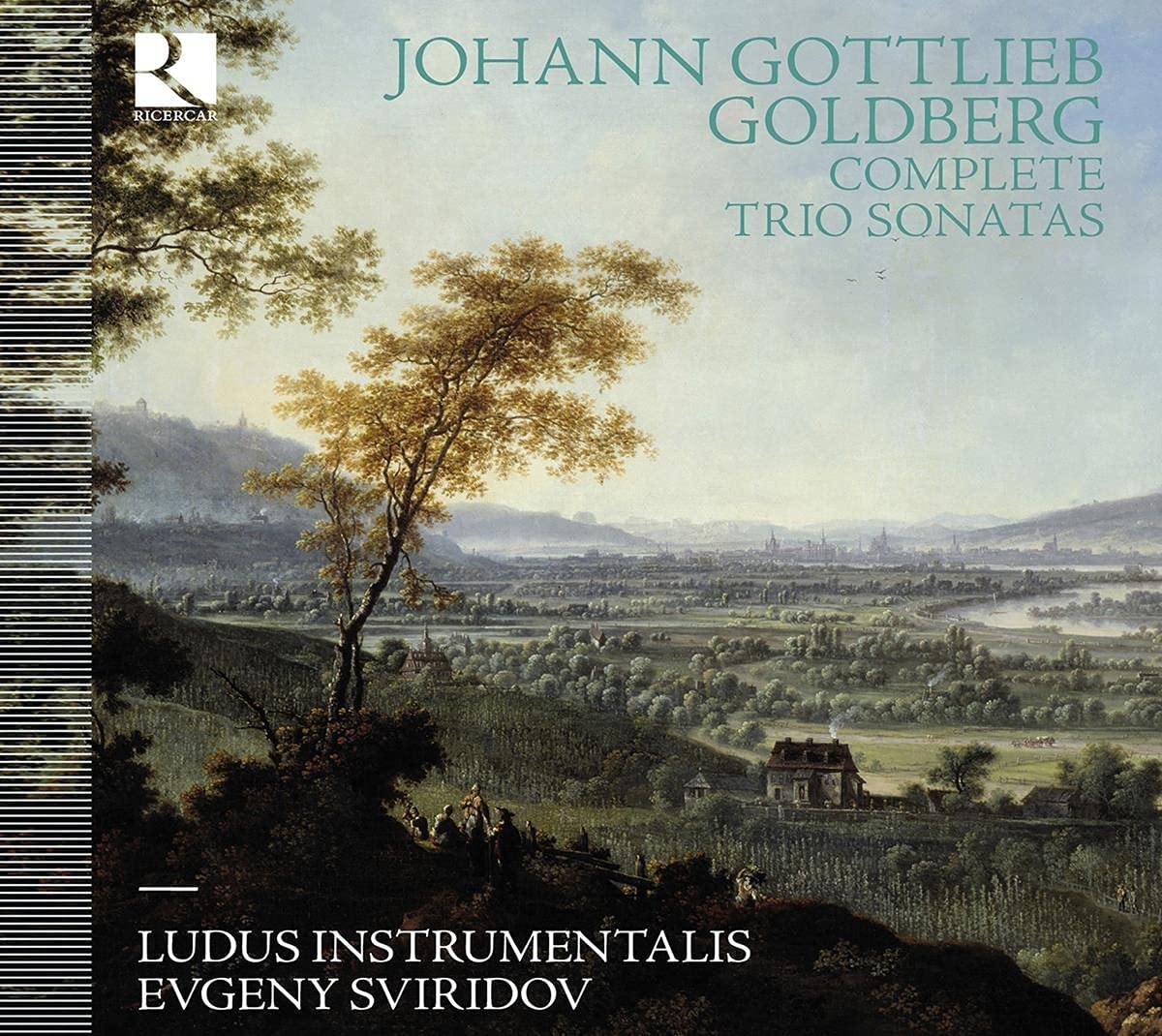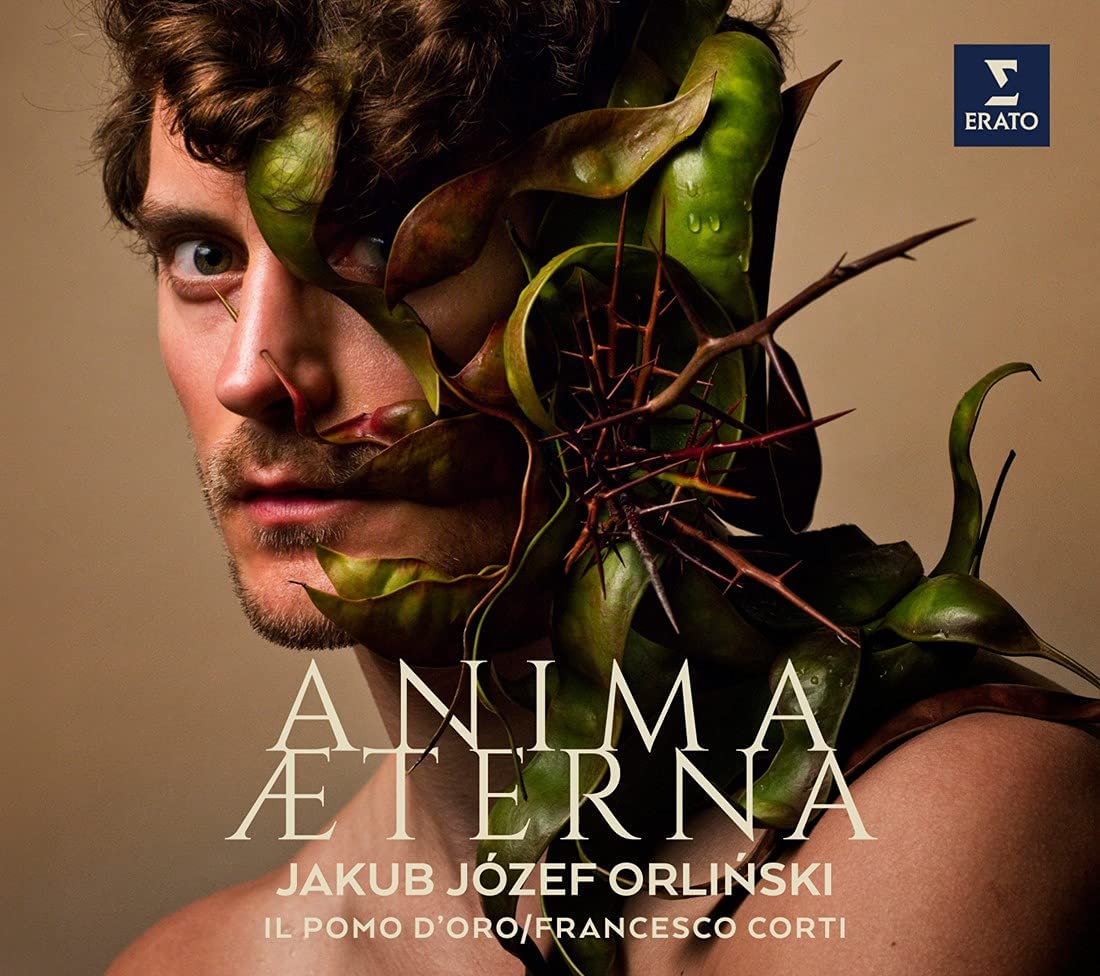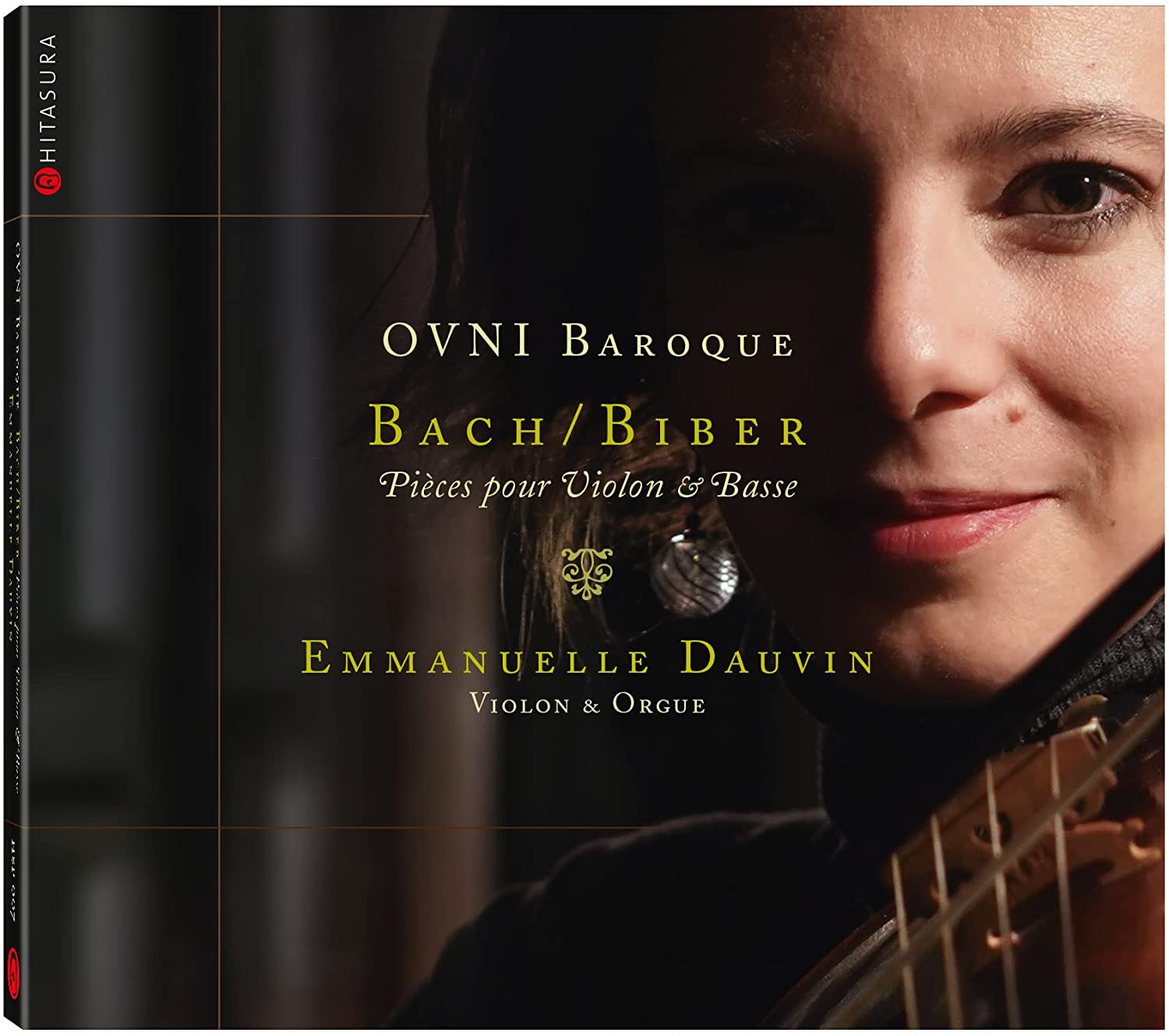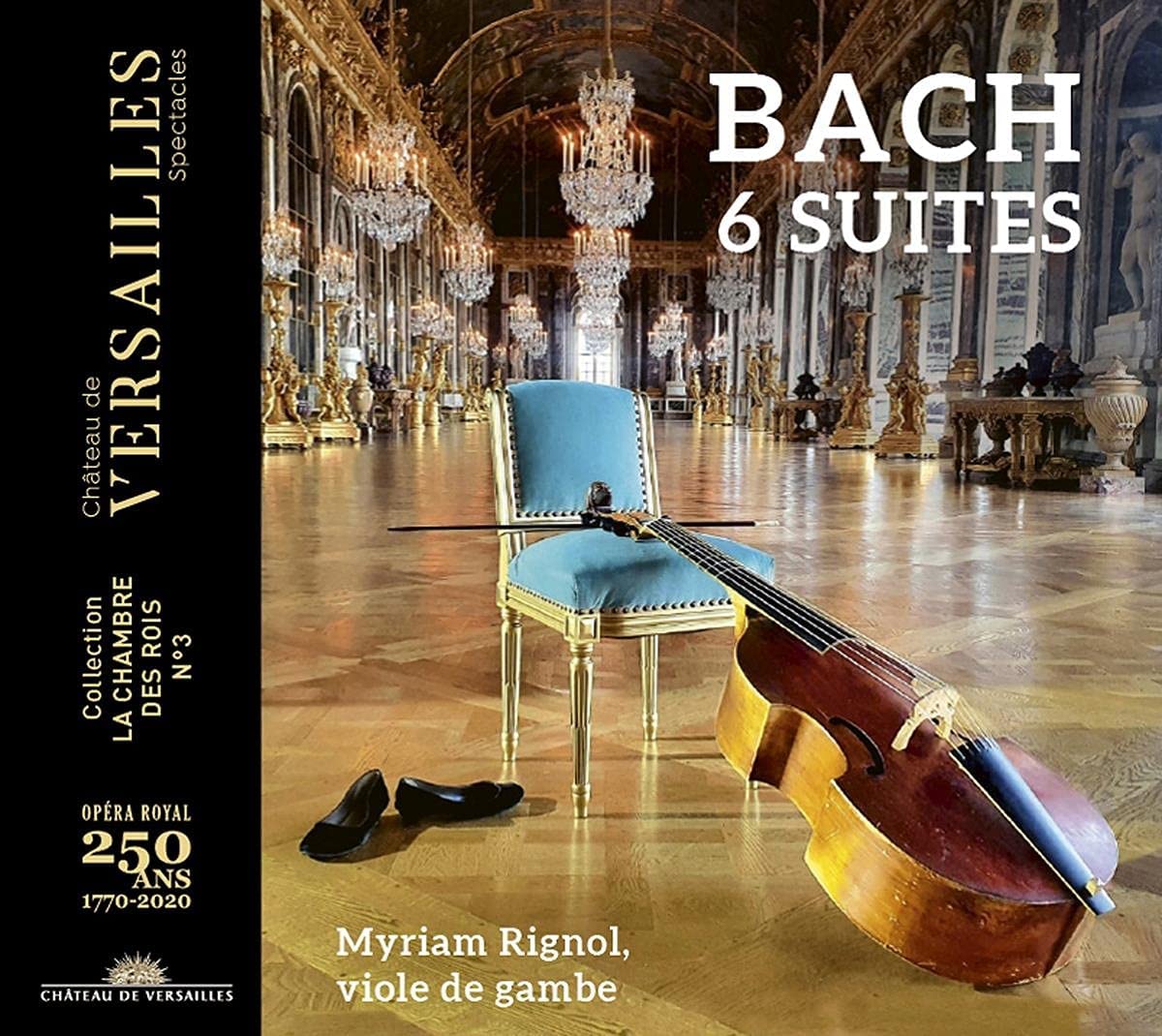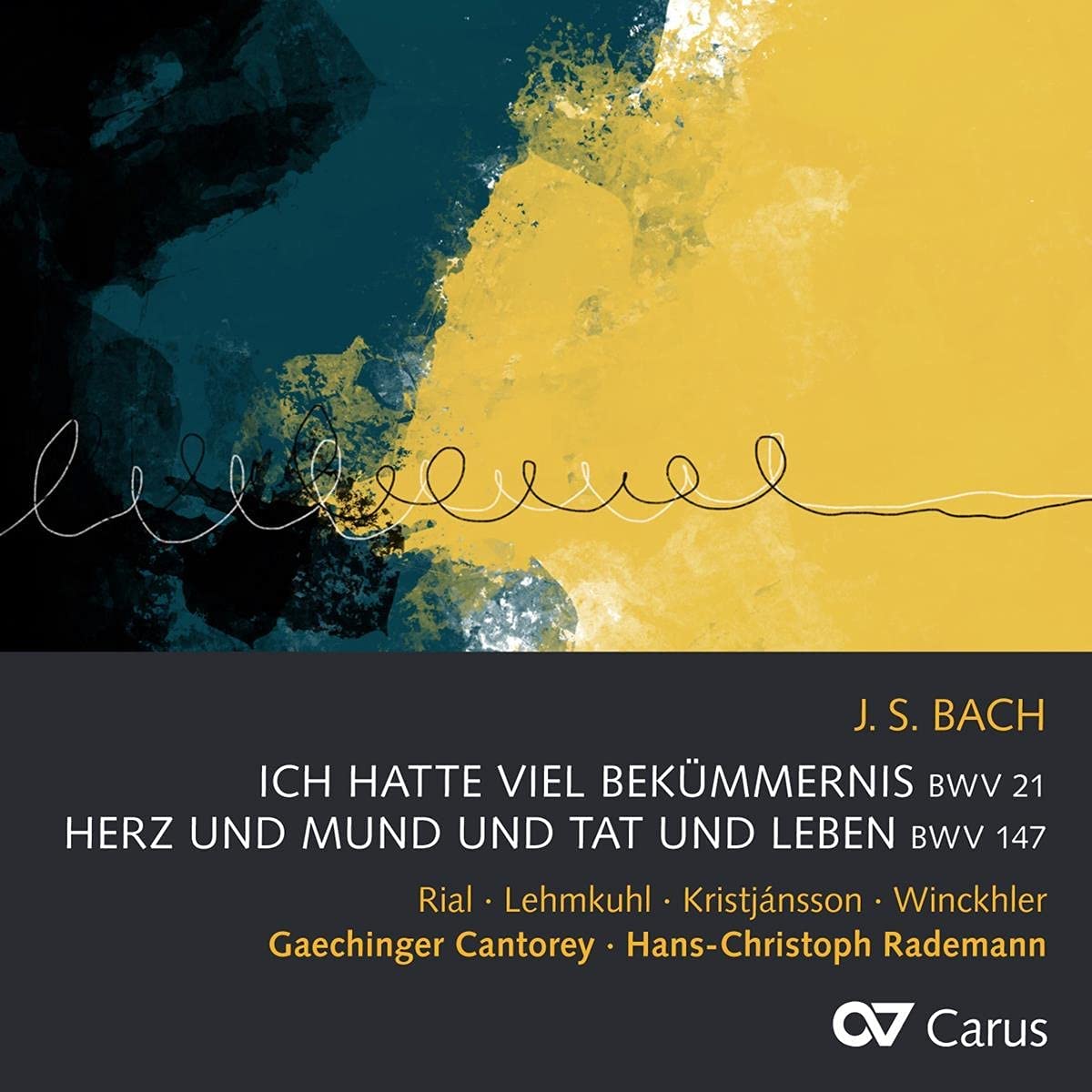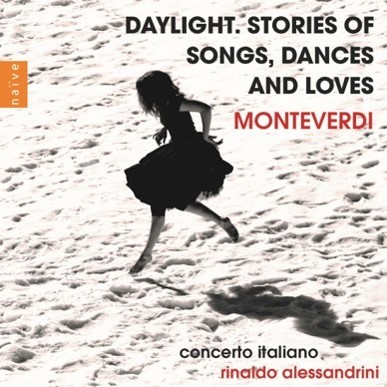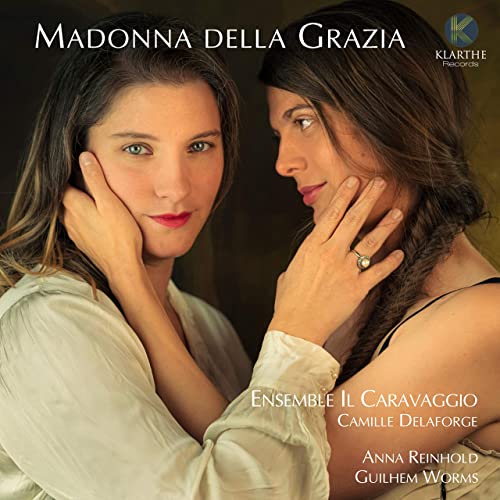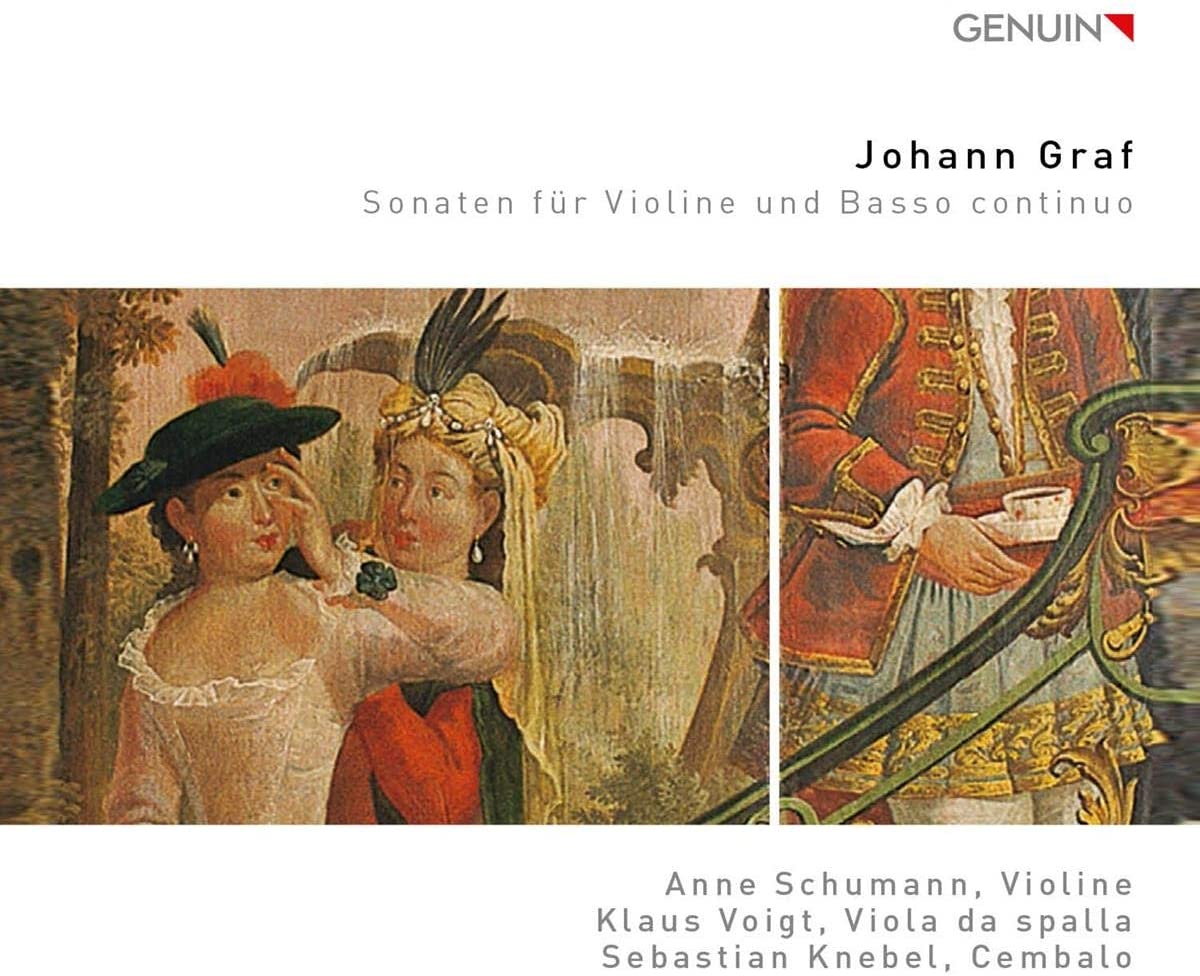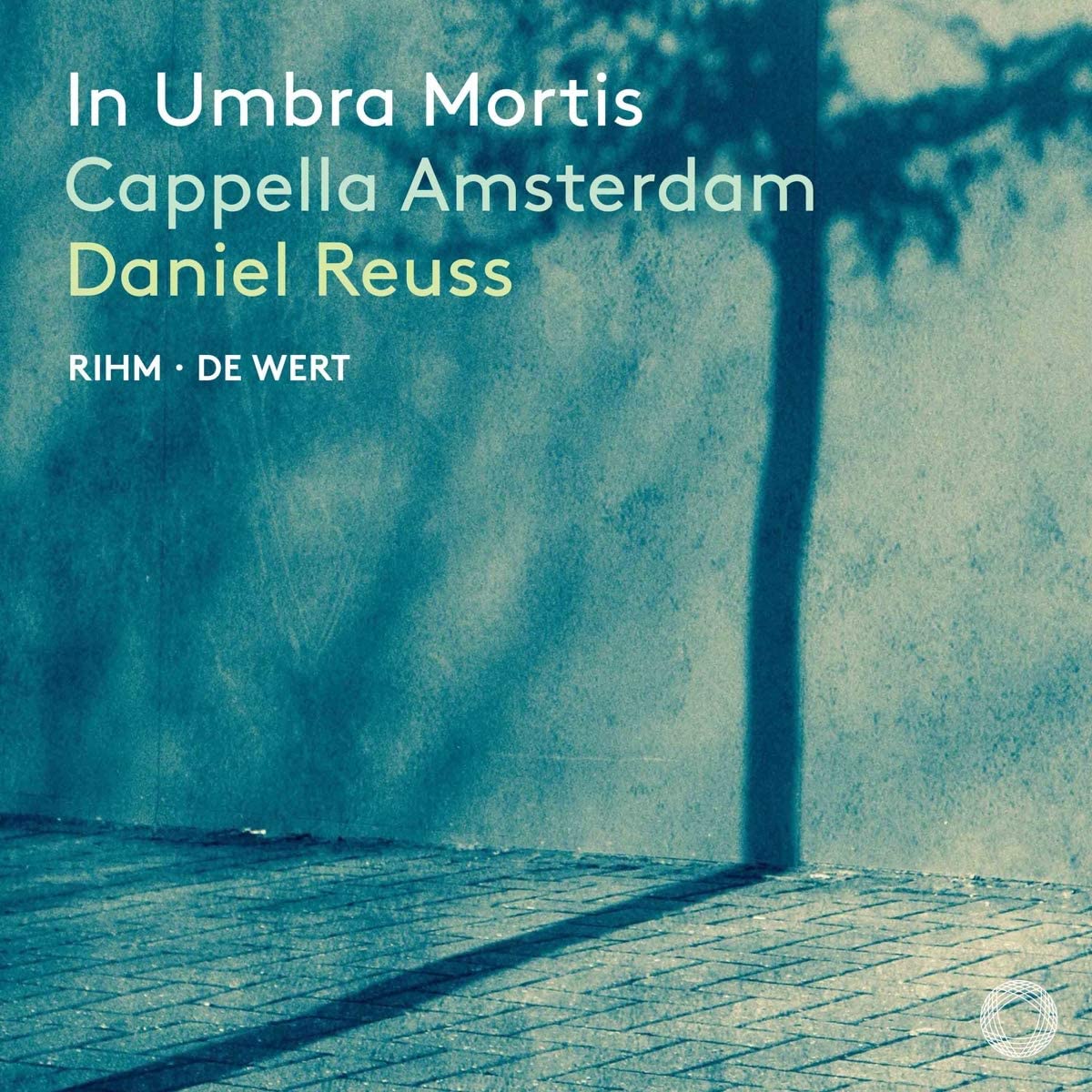Ludus Instrumentalis, Evgeny Sviridov
69:57
RIC 426
Click HERE to buy this recording at amazon.co.uk
[This is your ONLY way to support the site…]
This well-played CD collects the surviving trio sonatas of Johann Gottlieb Goldberg, and begins with one formerly attributed to his teacher, J. S. Bach, when it was known as BWV 1037: we soon see why. Wilhelm Friedemann Bach was introduced to Goldberg as a child keyboard prodigy at Dresden in 1737, when he had been brought there aged 10 by Count von Keyserlingk from his natal Danzig. It was probably W. F. who supervised his initial studies in Dresden, though Johann Sebastian certainly taught him after he moved to Leipzig in 1746 and the set of variations for the insomniac Keyserlingk bears his name.
Goldberg died of consumption in 1756, having lived in Leipzig and then after moving back to Dresden on Keyserlingk’s return in 1749, before entering the service of Count Heinrich von Brühl in 1751, where he composed virtuoso harpsichord concertos in the gallant style and a number of chamber works. His surviving cantatas, written when he was 15 (and also recorded by Ricercar), ‘display an astonishing skill in the use of imitation and fugato’ when writing for chorus. J. F. Reichardt, writing at the end of the 18th century, placed him on the same level as Bach and Handel.
Many of these techniques are displayed in these chamber works, which include four trio sonatas, a prelude and fugue in G minor and a sonata for two violins, viola and basso continuo in C minor.
Ludus Instrumentalis is a group of young players led by Evgeny Sviridov who have made some Youtube videos to illustrate their work. Their instruments are fully listed in the liner notes, and their mellow harpsichord is by Zander (2017) after Dulcken. I find the balance excellent and the playing attentive, bringing out the counterpoint well and allowing us to hear the detail as the melodic interest shifts among the instruments.
I found this CD an eye-opener. Goldberg’s writing is astonishingly more like Johann Sebastian’s than anyone else among their contemporaries. Included is a Prelude and Fugue which illustrates what the 48 might look like if they had been written for this standard chamber combination rather than a keyboard. And even if the other trio sonatas show more chromaticism and display a more tortured and involved counterpoint as Goldberg explores a more gallant approach to thematic material – this sometimes seems to herald the approach of a more romantic period – the facility in part-writing is assured and those who do not know this music will learn a lot about where music might have gone had this extraordinary talent not been snuffed out at the age of 29.
You will enjoy this CD, as well as being surprised by Goldberg: please listen to it.
David Stancliffe
